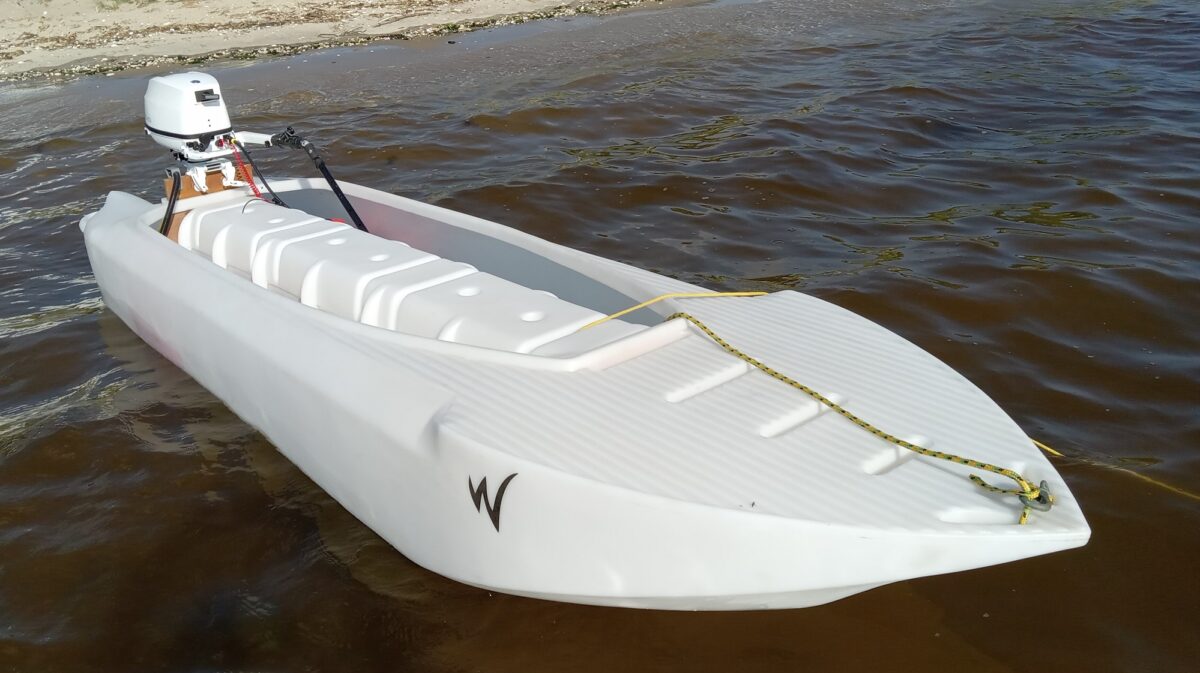A small outboard gas engine such as the 2 hp 4-cycle Honda is powerful enough to propel a fishing kayak at a good speed, and allow it to tow a second fishing kayak behind.
This setup offers to extend the range of a fishing trip by a tenfold, compared to human powered propulsion.
This video was created and contributed by the distributor of Wavewalk fishing kayaks in South Korea.
More on motorized fishing kayaks >






